- Essential Gardening Tips for September
- 1. Start prepping your soil
- 2. Plant cool-season vegetables
- 3. Deadhead spent flowers
- 4. Divide and transplant perennials
- 5. Protect your plants from frost
- 6. Harvest your fruits and vegetables
- 7. Prepare for winter
- Preparing Your Garden for Fall
- Clean Up Your Garden
- Assess Your Soil
- Plant Cool-Season Crops
- Protect Your Perennials
- Choosing the Right Plants for September
- Consider the Climate
- Opt for Fall-Blooming Flowers
- Plant Cool-Season Vegetables
- Choose Perennials
- Consider Succulents
- Plan for Spring Bulbs
- Harvesting Summer Crops
- Tomatoes
- Zucchini and Squash
- Cucumbers
- Beans
- Corn
- Herbs
- Planting Bulbs for Spring Blooms
- 1. Choose the right bulbs
- 2. Prepare the soil
- 3. Plant at the right depth
- 4. Provide proper spacing
- 5. Water after planting
- 6. Mulch for insulation
- 7. Protect from pests
- 8. Enjoy the blooms
- Maintaining Your Lawn
- Regular Mowing
- Watering
- Fertilizing
- Weed Control
- Aeration
- Removing Leaves
- Pest and Disease Control
- Overseeding
- Conclusion
- Dealing with Pests and Diseases
- 1. Identify the problem
- 2. Use natural remedies
- 3. Practice good garden hygiene
- 4. Companion planting
- 5. Proper watering and fertilization
- 6. Crop rotation
- 7. Monitor your garden
- Preserving Seeds for Next Year
- 1. Choose the Right Plants
- 2. Harvest at the Right Time
- 3. Clean and Dry the Seeds
- 4. Label and Store Properly
- 5. Test for Viability
- 6. Share and Exchange
- Planning and Designing Your Fall Garden
- 1. Assess Your Space
- 2. Choose the Right Plants
- 3. Create a Color Scheme
- 4. Plan for Succession Planting
- 5. Consider Garden Structures and Accessories
- Questions and Answers:
- What are some essential gardening tips for September?
- How can I prepare my garden for autumn?
- What type of plants can I plant in September?
- Why is mulching important for the soil?
- How can I organize my garden tools?
- What is the best time of day to water plants in September?
- Videos: How to garden – what every beginner gardener needs to know….
September is a crucial month for gardeners. As the summer heat slowly fades away and makes room for cooler temperatures, it’s time to prepare your garden for the upcoming fall and winter seasons. To ensure a successful garden all year round, there are a few essential gardening tips that you can’t do without.
1. Plant Fall Vegetables: September is the perfect time to start planting your fall vegetable garden. Vegetables such as carrots, kale, lettuce, and broccoli thrive in the cooler temperatures of autumn. Make sure to prepare the soil properly and give the plants enough water and sunlight to thrive.
2. Prune and Deadhead: As the summer blooms start to fade, it’s important to prune your plants and remove any dead flowers. This will not only improve the appearance of your garden but also promote new growth and extend the blooming season for many plants. Remember to use sharp and clean pruning tools to avoid any damage to your plants.
3. Protect Your Plants: As the weather starts to cool down, it’s important to protect your plants from frost and strong winds. Cover delicate plants with frost blankets or bring them indoors if necessary. You can also create windbreaks using fences or barriers to shield your plants from strong gusts.
By following these essential gardening tips for September, you’ll be well-prepared to enjoy a beautiful and thriving garden throughout the fall and winter seasons. Remember to stay proactive and always monitor the needs of your plants to ensure their health and vitality.
Essential Gardening Tips for September
1. Start prepping your soil
September is a great time to start prepping your soil for the next planting season. Remove any weeds or spent plants from your garden beds and add compost or organic matter to improve the fertility of the soil.
2. Plant cool-season vegetables
September is the perfect time to sow cool-season vegetables such as lettuce, spinach, kale, and broccoli. These crops thrive in the cooler temperatures of fall and can be harvested throughout the season.
3. Deadhead spent flowers
Deadheading is the process of removing faded or spent flowers from your plants. This will encourage new blooms and keep your garden looking fresh and tidy. Be sure to remove any seed heads to prevent self-seeding.
4. Divide and transplant perennials
September is the ideal time to divide and transplant perennials. This will rejuvenate the plants and ensure they have enough space to grow. Dig up the clumps, separate the roots, and replant them in well-prepared soil.
5. Protect your plants from frost
As the temperatures start to drop in September, it’s important to protect your plants from frost. Cover vulnerable plants with frost blankets or move potted plants indoors. Mulch can also provide insulation for the root systems.
6. Harvest your fruits and vegetables
September is a bountiful month in the garden, so be sure to harvest your ripe fruits and vegetables. This will encourage further production and prevent overripening or rotting.
7. Prepare for winter
September is a good time to start preparing your garden for winter. Clean up fallen leaves, cut back dead foliage, and store any garden tools or equipment that won’t be used until spring. This will ensure a smooth transition into the next gardening season.
| Task | Details |
|---|---|
| Prepping soil | Remove weeds, add compost |
| Cool-season vegetable planting | Sow lettuce, spinach, kale, broccoli |
| Deadheading | Remove faded flowers |
| Divide and transplant perennials | Rejuvenate plants, create space |
| Protect from frost | Cover plants, move indoors, mulch |
| Harvest fruits and vegetables | Prevent overripening or rotting |
| Prepare for winter | Clean up, store tools, cut back foliage |
Preparing Your Garden for Fall
As the summer comes to an end, it’s time to start preparing your garden for the fall season. Taking the necessary steps now will help ensure that your plants and soil are ready for the colder months ahead.
Clean Up Your Garden
- Remove any dead or dying plants from your garden beds. This will prevent diseases and pests from spreading to healthy plants.
- Clear away any fallen leaves and debris that may have accumulated in your garden. This will help prevent mold and provide a clean slate for planting new crops.
- Take this opportunity to weed your garden beds thoroughly. Weeds can compete with your desired plants for nutrients and water.
Assess Your Soil
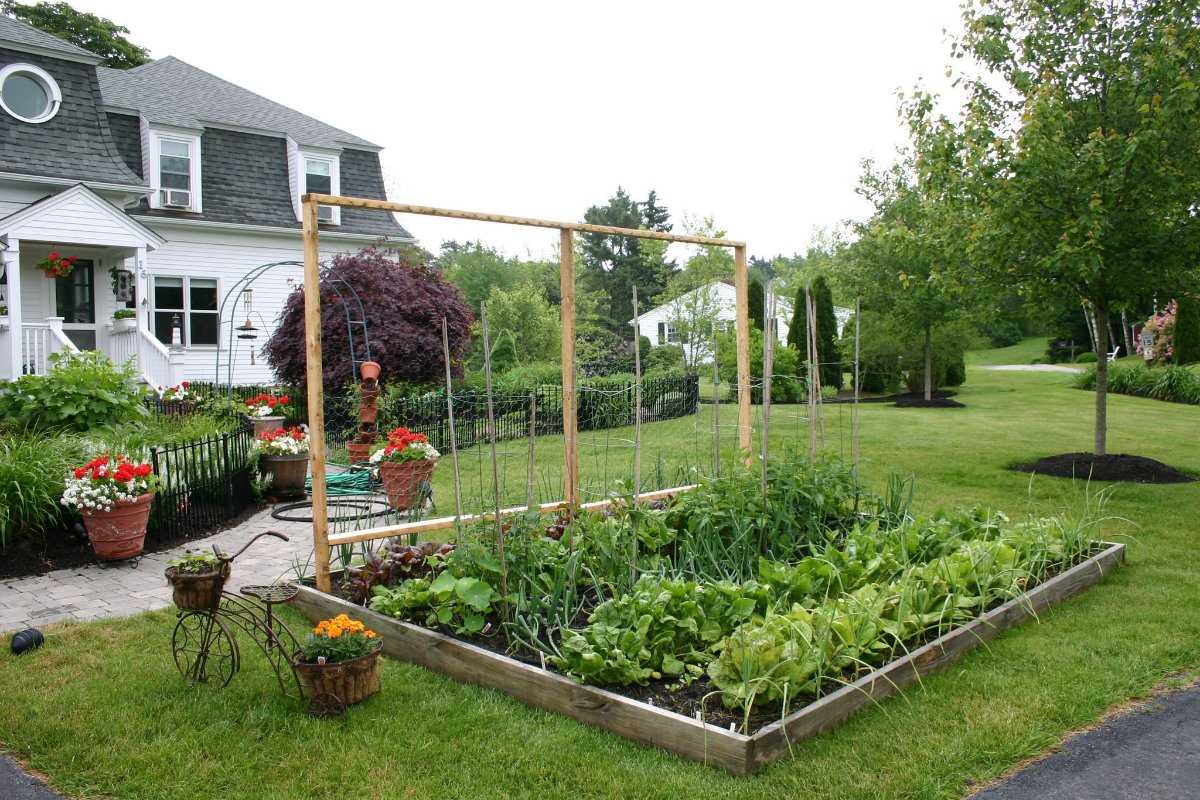
Before planting new crops, it’s important to assess the health of your soil. Fall is a great time to replenish any nutrients that may have been depleted during the summer growing season.
- Test your soil pH to determine its acidity or alkalinity levels. Most plants prefer slightly acidic soil, around a pH of 6 to 7.
- Add organic matter, such as compost or well-rotted manure, to improve the structure and fertility of your soil.
- Consider applying a slow-release fertilizer to provide the necessary nutrients for your plants to thrive through the fall and into the winter months.
Plant Cool-Season Crops
Fall is the perfect time to plant cool-season crops that thrive in lower temperatures. These crops can tolerate light frosts and continue to produce well into the fall and winter months.
- Popular cool-season crops include leafy greens like lettuce, spinach, and kale, as well as root vegetables like carrots, beets, and turnips.
- Sow the seeds directly into your garden beds or start them in containers and transplant them once they have developed a few leaves.
- Ensure that your newly planted crops receive adequate water and protection from pests like slugs and snails.
Protect Your Perennials
If you have perennial plants in your garden, it’s important to protect them from the harsh winter conditions to ensure their survival.
- Apply a layer of mulch around the base of your perennials to insulate the soil and protect the roots from freezing temperatures.
- Consider covering delicate perennials with burlap or a frost blanket to provide additional protection.
- Trim back any dead or damaged foliage to prevent disease and promote healthy growth in the spring.
By following these essential fall gardening tips, you can help prepare your garden for the colder months ahead and ensure a successful growing season next year.
Choosing the Right Plants for September
September is a transitional month for gardening as summer comes to an end and autumn begins. It’s important to choose the right plants that can thrive in the changing weather conditions. Here are some essential tips for selecting the right plants for September:
Consider the Climate
First and foremost, consider the climate in your area during September. Some regions may still experience hot weather, while others may start to cool down. Choose plants that are suitable for your specific climate.
Opt for Fall-Blooming Flowers
September is a great time to plant fall-blooming flowers that can add color to your garden. Some popular choices include asters, mums, and sedum. These plants can withstand colder temperatures and will continue to bloom well into autumn.
Plant Cool-Season Vegetables

If you enjoy growing your own vegetables, September is the time to plant cool-season crops. Vegetables like lettuce, spinach, kale, and broccoli thrive in cooler temperatures and can be harvested before the first frost.
Choose Perennials
When selecting plants for September, consider choosing perennials. Perennials are plants that come back year after year, making them a great long-term investment for your garden. Some popular perennial choices for September include coneflowers, black-eyed Susans, and ornamental grasses.
Consider Succulents
If you’re looking for low-maintenance plants for September, consider succulents. These plants are known for their ability to store water, making them drought-tolerant and perfect for dry weather conditions. They can add unique textures and shapes to your garden.
Plan for Spring Bulbs
Finally, September is the ideal time to plan and prepare for spring bulbs. Consider planting bulbs like tulips, daffodils, and crocuses during this month. They will lay dormant during the winter and bloom beautifully in the spring.
Remember, September is a time of transition in the garden, so choosing the right plants is essential to ensure their success throughout the changing weather conditions. Consider the climate, opt for fall-blooming flowers, plant cool-season vegetables, choose perennials, consider succulents, and plan for spring bulbs to create a beautiful and thriving garden in September.
Harvesting Summer Crops
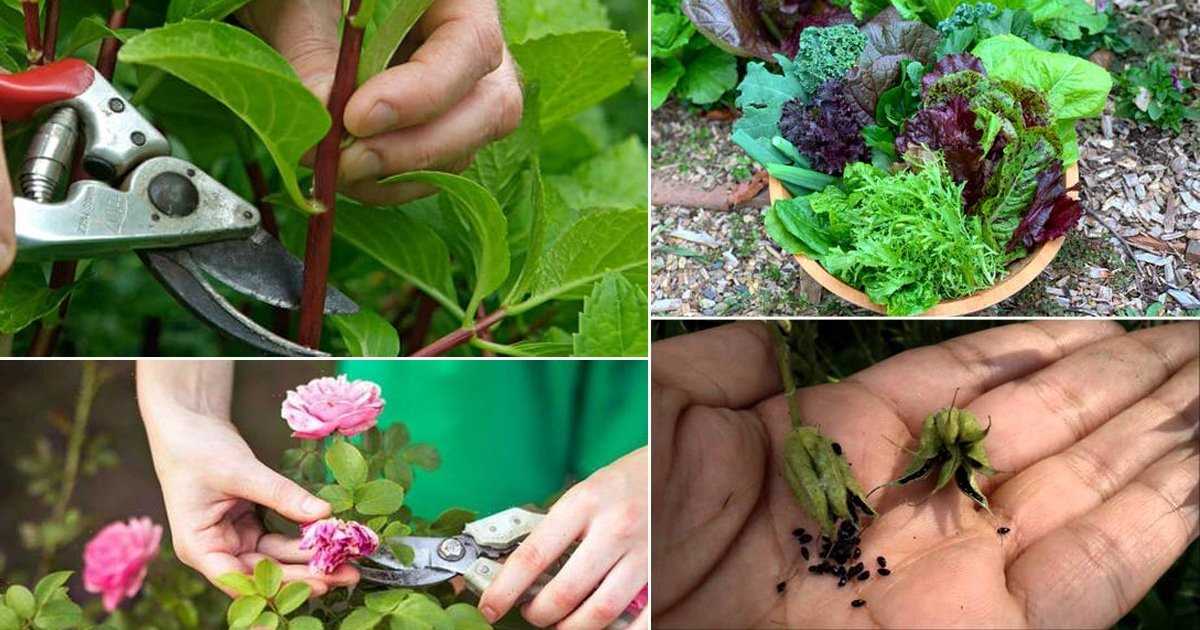
September is a great month for harvesting the fruits of your labor in the garden. Many summer crops are reaching their peak, ready to be picked and enjoyed. Here are some tips for harvesting your summer crops:
Tomatoes
Tomatoes should be fully ripe before picking. Look for vibrant colors, such as red, orange, or yellow, and a slightly soft texture. Twist or gently pull the tomatoes from the vine to avoid damaging them. If you have green tomatoes that haven’t ripened, you can bring them indoors and place them in a paper bag to ripen.
Zucchini and Squash
Zucchini and squash should be harvested when they are young and tender. Use a sharp knife or garden shears to cut the stems, leaving a small portion attached to the fruit. Avoid letting them grow too large, as they can become tough and less flavorful.
Cucumbers
Cucumbers should be harvested when they are firm and have a bright color. Cut them from the vine, leaving a small portion of the stem attached. If left on the vine for too long, cucumbers can become bitter and seedy.
Beans
Harvest beans when the pods are firm and crisp. They should snap easily when bent. Use your fingers or garden shears to pick the beans, taking care not to damage the plant. Regular harvesting encourages the plant to produce more beans.
Corn
Corn is ready to harvest when the silk turns brown and the kernels are plump and juicy. To check for ripeness, peel back the husk and pierce a kernel with your fingernail. If a milky liquid squirts out, the corn is ready. Twist the ears downward to detach them from the stalk. Corn is best eaten immediately after picking for optimal sweetness.
Herbs
Harvest herbs by cutting stems just above a set of leaves. Avoid cutting all the way back to the base of the plant, as this can inhibit growth. Harvest in the morning after the dew has dried but before the sun gets too hot. Rinse the herbs gently and pat them dry before using or storing.
By following these harvesting tips, you can enjoy the flavors of summer for weeks to come. Remember to share your bounty with friends and neighbors or preserve them for the colder months ahead. Happy harvesting!
Planting Bulbs for Spring Blooms
Planting bulbs in the fall is a great way to ensure that your garden will be filled with beautiful blooms in the spring. Bulbs are hardy plants that store food in their underground structures, allowing them to survive the winter and produce flowers in the following seasons. Here are some essential tips for planting bulbs for spring blooms:
1. Choose the right bulbs
When selecting bulbs, choose those that are suitable for your climate and growing conditions. Some popular spring-blooming bulbs include tulips, daffodils, crocuses, and hyacinths. Make sure to check the planting requirements for each type of bulb, as some may prefer full sun while others thrive in partial shade.
2. Prepare the soil
Before planting bulbs, it’s important to prepare the soil. Loosen the soil with a garden fork or tiller to a depth of 8-10 inches. Remove any weeds or debris from the planting area. If the soil is heavy or clay-like, consider adding some organic matter such as compost to improve drainage.
3. Plant at the right depth
Each type of bulb has its own planting depth requirements. As a general rule, plant bulbs at a depth that is three times the width of the bulb. For example, if a bulb is 1 inch wide, it should be planted 3 inches deep. Follow the instructions provided with your bulbs for the best results.
4. Provide proper spacing
Space the bulbs according to their specific requirements. Most bulbs should be planted with a spacing that is equal to or slightly wider than their width. This will allow the bulbs enough room to grow and prevent overcrowding.
5. Water after planting
After planting the bulbs, water the area thoroughly. This will help settle the soil and provide the bulbs with the moisture they need to start growing. Keep the soil consistently moist throughout the fall and winter months to encourage root development.
6. Mulch for insulation
Apply a layer of mulch, such as shredded bark or straw, to the planted area. Mulch helps to insulate the soil and regulate temperature fluctuations during the winter. It also helps to suppress weeds and retain moisture in the soil.
7. Protect from pests
Some bulbs are prone to being eaten by pests such as squirrels, rabbits, and deer. To protect your bulbs, consider using deterrents such as mesh netting or planting bulbs that are less appealing to these animals. Alternatively, you can try planting bulbs in containers or using repellents.
8. Enjoy the blooms
Once spring arrives, your hard work will be rewarded with beautiful blooms. Enjoy the colorful display and make sure to take care of the plants as needed, such as providing adequate water and removing any spent blooms.
By taking the time to plant bulbs in the fall, you can ensure a stunning display of flowers in your garden come spring. Follow these essential tips to successfully plant bulbs for spring blooms and enjoy the beauty they bring to your outdoor space.
Maintaining Your Lawn
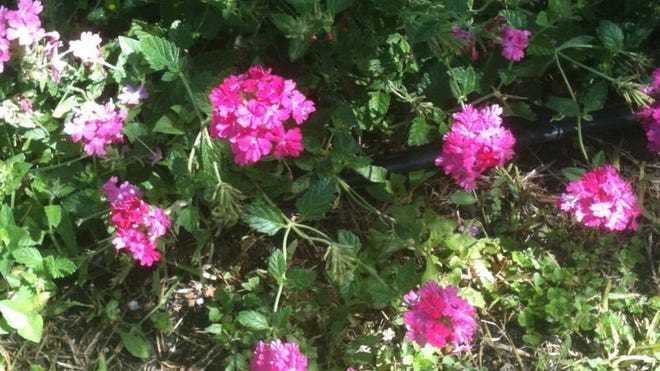
Maintaining a healthy and vibrant lawn is essential to creating a beautiful outdoor space. Here are some tips to help you keep your lawn in top condition:
Regular Mowing
One of the most important tasks in lawn maintenance is regular mowing. It is recommended to mow your lawn once a week during September. Set your lawn mower blade to a height of around 2.5 to 3 inches to prevent scalping the grass. Always make sure the blades are sharp and avoid mowing when the grass is wet.
Watering
Proper watering is crucial to maintain a healthy lawn. During September, it’s important to water your lawn deeply but infrequently. Aim for about 1 inch of water per week, either from rainfall or irrigation. Watering in the early morning or late evening helps to minimize evaporation and allows the grass to dry before nightfall, which reduces the risk of diseases.
Fertilizing
Fertilizing your lawn in September will help to promote healthy growth and prepare it for the winter months. Choose a slow-release fertilizer with a balanced NPK ratio, and apply it according to the package instructions. Avoid over-fertilizing, as this can lead to excessive growth and weaken the grass.
Weed Control
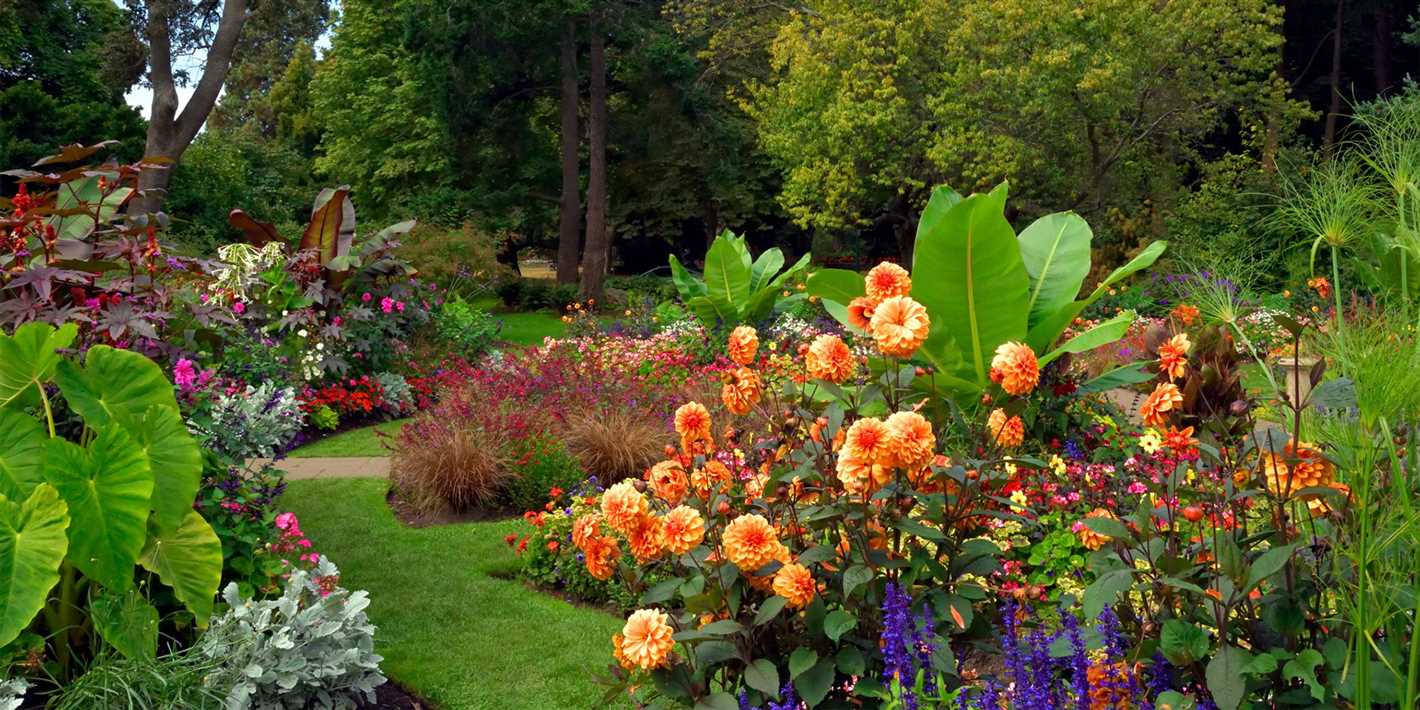
September is a good time to tackle any weeds that may have invaded your lawn. Use a selective herbicide to target the specific types of weeds you have. Follow the instructions carefully, applying the herbicide when the weeds are actively growing and the weather conditions are suitable. Be sure to avoid spraying the herbicide on windy days to prevent it from drifting onto desirable plants.
Aeration
Aerating the lawn in September can help to improve soil compaction and allow nutrients and water to penetrate the root zone more effectively. Use a core aerator or a manual aerator to create small holes in the soil. This will promote healthier root growth and overall lawn vitality.
Removing Leaves
As autumn approaches, leaves start to fall and accumulate on the lawn. It’s important to remove these leaves promptly to prevent them from blocking sunlight and suffocating the grass. Use a rake or leaf blower to gather the leaves and either compost them or dispose of them properly.
Pest and Disease Control
Regularly inspect your lawn for any signs of pests or diseases. Treat any issues promptly to prevent them from spreading and causing further damage. Follow organic or chemical treatment methods based on the specific problem you are facing. Consult with a lawn care professional if needed.
Overseeding
If your lawn has any thin or bare patches, consider overseeding during September. This process involves spreading grass seed over existing turf to fill in bare spots and improve overall density. Choose a grass seed that is suitable for your climate and soil type.
Conclusion
By following these lawn maintenance tips for September, you can ensure that your lawn remains healthy and attractive throughout the season. Remember to adjust your lawn care routine based on your specific climate and grass type for the best results.
Dealing with Pests and Diseases
One of the biggest challenges for gardeners in September is dealing with pests and diseases. Here are some essential tips to help you keep your plants healthy and thriving:
1. Identify the problem
The first step in dealing with pests and diseases is to identify the problem. Look for common signs such as yellowing leaves, holes in leaves, or wilting plants. Once you know what you’re dealing with, you can choose the appropriate treatment.
2. Use natural remedies
Whenever possible, opt for natural remedies to control pests and diseases. Chemical pesticides can harm beneficial insects and pollinators, so it’s best to avoid them. Instead, try using organic sprays, garlic and chili pepper solutions, or insecticidal soaps to keep pests at bay. Neem oil is also effective against a variety of pests.
3. Practice good garden hygiene
A clean and tidy garden is less likely to attract pests and diseases. Remove fallen leaves, spent flowers, and plant debris regularly. Keep your tools and equipment clean to prevent the spread of diseases. Good garden hygiene goes a long way in preventing infestations.
4. Companion planting
Companion planting is a great way to naturally repel pests and boost plant health. Planting certain flowers and herbs alongside your vegetables can help deter pests and attract beneficial insects. For example, marigolds repel aphids, and basil attracts bees to pollinate your crops.
5. Proper watering and fertilization
Healthy plants are less susceptible to pests and diseases. Make sure you’re providing your plants with proper watering and fertilization. Overwatering can lead to root rot and other fungal diseases, so be mindful of your plant’s specific watering needs. Avoid over-fertilizing, as this can make plants more attractive to pests.
6. Crop rotation
Rotating your crops each year can help prevent the buildup of pests and diseases in the soil. Different plants have different susceptibility to certain pests and diseases, so by rotating your crops, you disrupt the pest life cycle and reduce the risk of infestations.
7. Monitor your garden
Regularly inspect your plants for any signs of pests or diseases. Catching the problem early makes it easier to control and prevent further damage. Stay vigilant and take immediate action if you notice any issues.
By following these essential tips, you can keep your garden healthy and thriving throughout September, despite the challenges posed by pests and diseases.
Preserving Seeds for Next Year
Preserving seeds from your garden is a cost-effective way to continue growing your favorite plants year after year. Here are some tips to help you successfully collect and store seeds for the next season:
1. Choose the Right Plants
Not all plants are suitable for seed saving. It’s important to choose plants that are open-pollinated, meaning their seeds will produce plants that are true to the parent plant. Hybrid plants, on the other hand, may produce seeds that result in unpredictable characteristics. Stick to open-pollinated varieties for successful seed saving.
2. Harvest at the Right Time
Seeds should be harvested when they are fully ripe but before they start to fall or disperse naturally. Different plants have different signs of seed maturity, so it’s important to do some research or consult a gardening guide to determine the right time to harvest your specific seeds.
3. Clean and Dry the Seeds
Once you’ve harvested the seeds, clean off any remaining plant material or debris. You can do this by gently rubbing or blowing on the seeds. After cleaning, spread the seeds out on a paper towel or a screen and let them air dry in a cool, dry place for a few weeks. Make sure the seeds are completely dry before storing them to prevent mold or rot.
4. Label and Store Properly
Proper labeling is crucial for seed saving. Use small envelopes or seed packets to store the seeds and label them with the plant name, variety, and the date you harvested them. Store the seeds in a cool, dry place such as a refrigerator or a cool basement. Make sure to protect them from moisture and pests.
5. Test for Viability
Before planting the saved seeds in the next growing season, it’s a good idea to test their viability. Take a small sample of the seeds and place them on a damp paper towel. If most of the seeds germinate within a week or two, they are still viable and can be planted. If the germination rate is low, you may need to consider obtaining fresh seeds for better results.
6. Share and Exchange
Seed saving is not only beneficial for maintaining your favorite plants but also for sharing and exchanging seeds with other gardeners. Consider joining a local seed exchange program or participating in online seed swaps to expand your seed collection and support biodiversity.
By following these simple steps, you can successfully preserve seeds from your garden and ensure a sustainable and self-sufficient gardening experience for years to come.
Planning and Designing Your Fall Garden
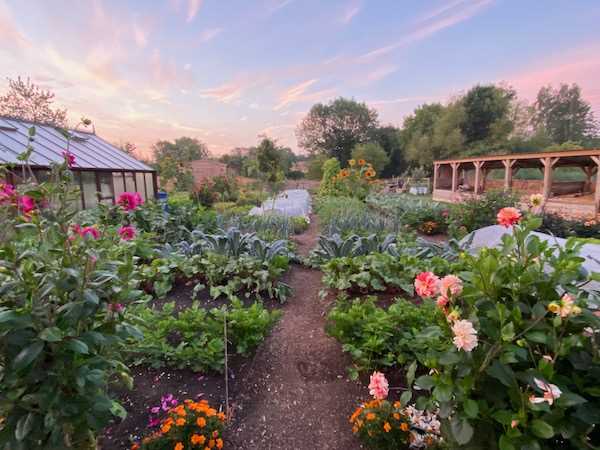
Fall is a great time to plan and design your garden for the upcoming season. With the right planning, you can enjoy a beautiful and productive garden during the fall months. Here are some essential tips to help you get started:
1. Assess Your Space
Before you start planning your fall garden, take a good look at your outdoor space. Consider the size and shape of your garden, as well as any existing structures or features that may impact your design.
Measure the area where you want to plant your fall garden and consider how much sun or shade it receives throughout the day. This will help you determine which plants will thrive in your space.
2. Choose the Right Plants
When selecting plants for your fall garden, choose varieties that are suitable for your climate and garden conditions. Consider the specific needs of each plant, such as soil type, sun exposure, and water requirements.
Some popular choices for fall gardens include mums, asters, kale, and ornamental grasses. These plants are known for their vibrant colors and ability to withstand cooler temperatures.
3. Create a Color Scheme
One of the keys to a visually appealing fall garden is a well-thought-out color scheme. Consider using warm, earthy colors such as reds, oranges, and yellows to create a cozy and inviting atmosphere.
You can achieve this by choosing plants with complementary colors and grouping them together. For example, pair yellow marigolds with purple asters or orange pumpkins with green kale.
4. Plan for Succession Planting
Succession planting is the practice of planting different crops at staggered intervals to ensure a continuous harvest throughout the season. This can be especially beneficial in a fall garden, as it allows you to make the most of your space.
Start by planting cool-season crops such as lettuce, spinach, and radishes, and then follow up with crops that can withstand colder temperatures, such as carrots and kale. This will help you maximize your harvest and keep your garden productive well into the fall.
5. Consider Garden Structures and Accessories
Incorporating garden structures and accessories can add visual interest and functionality to your fall garden. Consider adding trellises, arbors, or raised beds to create height and dimension.
Use garden accessories such as decorative pots, lanterns, and wind chimes to add a personal touch to your garden. These small details can make a big difference in creating a welcoming and charming fall garden.
By following these tips and taking the time to plan and design your fall garden, you can create a beautiful and productive space that will bring joy and satisfaction throughout the season.
Questions and Answers:
What are some essential gardening tips for September?
Some essential gardening tips for September include preparing for autumn by cleaning up summer plants, mulching the soil, planting fall vegetables, and organizing your garden tools.
How can I prepare my garden for autumn?
To prepare your garden for autumn, you can start by removing any dead or dying plants from the summer and cleaning up any debris. You should also consider mulching the soil to protect it during the winter months.
What type of plants can I plant in September?
In September, you can plant a variety of fall vegetables such as broccoli, lettuce, spinach, and carrots. These vegetables thrive in the cooler temperatures of autumn.
Why is mulching important for the soil?
Mulching is important for the soil because it helps to retain moisture, prevent weed growth, and regulate soil temperature. It also adds organic matter to the soil, improving its overall health and fertility.
How can I organize my garden tools?
To organize your garden tools, you can invest in a tool shed or storage rack where you can hang or store your tools. You should also clean and sharpen your tools regularly and keep them in a designated area of your garden.
What is the best time of day to water plants in September?
The best time of day to water plants in September is in the early morning or late afternoon. This allows the plants to absorb water before the heat of the day and reduces the risk of evaporation.







